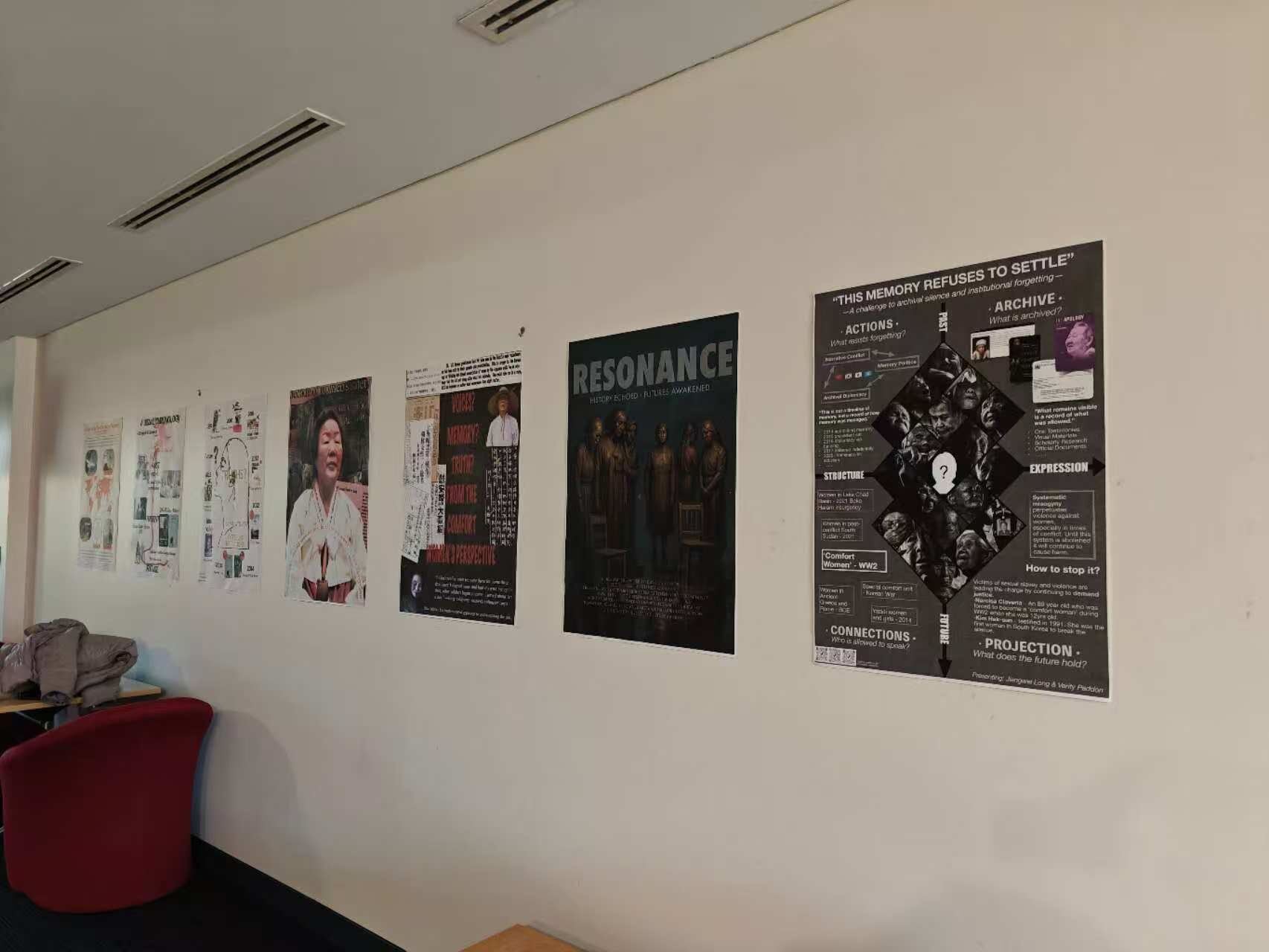Reading a student’s reflection on the recent ARCAP conference, made me want to find out more. So I asked the student what “inclusive and accessible” means to them, and what their teacher did from the beginning that was helpful. Here are their responses:
What does “inclusive and accessible” mean to you? What did your teacher do from the beginning that was helpful?
For me, inclusive and accessible courses are where the course convenor, lecturer and tutors all trust and understand my EAP and are willing to implement adjustments and strategies suggested on my EAP wherever necessary. This might sound too obvious, but I say this because I had this course convenor who said, “I don’t trust your EAP because you don’t look like you need support”, and “I don’t like to support students with EAPs.” This course convenor’s courses were neither inclusive nor accessible, not only for me but also for my classmates who did not have disabilities or EAPs. Before taking this convenor’s course, I took it for granted that my lecturers trust and understand my EAP. However, after this experience, I found that my other lecturers’ understanding my needs and willingness to implement adjustments were the crucial element in inclusive and accessible classes.
There are many examples of adjustments my teachers did from the beginning of their courses and that were helpful for me, and I know different students need different support. But I’d like to share some of the examples from my experience.
- Making lecture slides available prior to class on Wattle
Due to my nature, it is challenging and tiring for me to process audio and visual information simultaneously. I also have difficulty in taking notes while reading or listening.
Without this support, I often experienced sensory overload and extreme fatigue at the end of class. Thanks to this support, I was able to focus on what my lecturers said in class and understand these lectures better than other classes just by reading the lecture slides even a few minutes before the class began. Reading lecture slides beforehand also reduces my anxiety about uncertainties in class considerably. My classmates without EAPs also said that they could focus on the lectures better when they had access to lecture slides before or at the beginning of a class.
- Making all assigned readings, course summary, assignment instructions, tutorial/class discussion questions available during O-Week or by the first few weeks of a semester
For a similar reason to above, I always find this helpful because I can reduce my anxiety about new semesters. This also gives me an opportunity to discuss possible adjustments for class participation and assignments with my Access and Inclusion (A&I) advisor and lecturers at an early stage.
- Emails/Wattle message from lecturers to the entire class at the beginning of Week 1 or during O-Week.
I cannot forget an email from one of my most supportive lecturers at the begging of my first semester at the ANU. Their email described
- what the students were supposed to do before the 1st lecture and tutorial
- their teaching style and lecture and tutorial structures
- how the students could find resources on Wattle (this class had an amazing Wattle site which received a Teaching Award!)
- and the lecturer’s message that they always welcomed students’ comments and feedback on their class and that students should reach out to them if students needed support.
- Breakout rooms for discussion (on Zoom and in-person)
Before the courses went online, I often found it difficult to focus on group discussion, because I am hypersensitive to noise and my brain cannot filter unnecessary noises for my discussion. It always required considerable energy for me to keep up with the discussion of my group. I found discussions in a Zoom breakout room accessible for me because I didn’t need to try to concentrate on the discussion.
There was one course before COVID where the lecturer allocated different rooms/space for each discussion group.
- Pre-recorded lectures for online courses
Pre-recorded lectures were helpful for me because I could watch the recordings anytime at my own pace and I could pause the recordings to take notes and also short breaks when I felt overwhelmed.
Conclusion
Of our students with disabilities, those with Autism, ADHD and mental illnesses (i.e. the majority of ANU students with disabilities) are most likely to benefit from the described practices. However, there is a cliché that states that if you adjust for one student then every student benefits.
For further information about creating an inclusive classroom:
“Inclusion means different for different people” – A student’s perspective on inclusive education
Understanding your neurodivergent students and their needs in the classroom
Three tips for making content accessible to disabled students – Part 1 and Part 2
Universal Design for Learning – ANU Online Coffee Course
Author/s :
- An ANU student with disabilities
- Dr Scott Rickard is autistic, an Educational Designer at the Centre for Learning and Teaching and the Chair of the ANU Disability Action Plan Education Provider of Choice Action Group.







